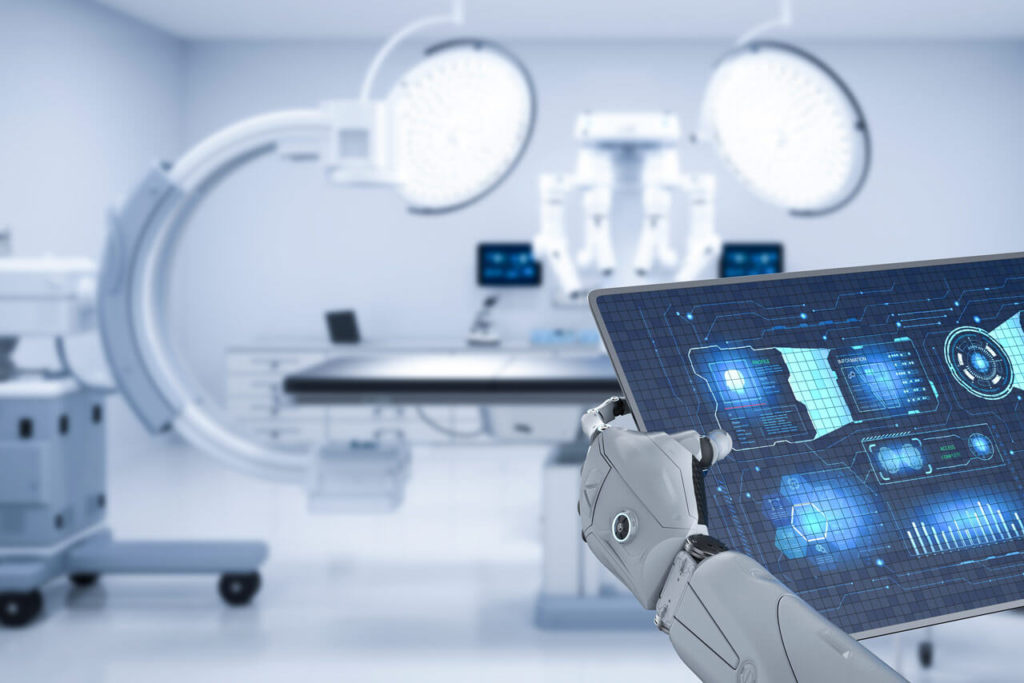Understanding Remotepatientmonitoring
Remotepatientmonitoring (RPM) has emerged as a pivotal tool in modern healthcare, particularly for managing chronic diseases. By leveraging advanced technology, healthcare providers can track patient health data outside traditional clinical settings. This continuous monitoring allows for timely interventions and enhances patient engagement, ultimately improving long-term health outcomes. Remotepatientmonitoring is designed to capture vital signs, medication adherence, and lifestyle metrics, ensuring that healthcare providers have comprehensive insights into each patient’s condition.
The Importance of Chronic Disease Management
Chronic diseases, such as diabetes, hypertension, and heart disease, require consistent care and management. Traditional clinic visits often provide only intermittent insights into patient health, leaving gaps in monitoring. Remotepatientmonitoring bridges this gap by enabling real-time tracking of patient metrics. With RPM, clinicians can detect early warning signs of complications, adjust treatment plans promptly, and reduce hospitalizations. The continuous data flow supports proactive care rather than reactive treatment, which is crucial for chronic disease management.
How Remotepatientmonitoring Works
Remotepatientmonitoring uses a combination of devices and software to collect patient data. Wearable devices, mobile apps, and connected medical equipment measure parameters such as blood glucose, blood pressure, oxygen levels, and heart rate. This information is transmitted securely to healthcare providers, who analyze trends and patterns. Alerts can be set for abnormal readings, ensuring rapid response. By integrating Remotepatientmonitoring into patient care plans, clinicians can maintain closer oversight of disease progression and treatment effectiveness without requiring frequent in-person visits.
Benefits of Remotepatientmonitoring for Patients
Remotepatientmonitoring offers numerous advantages for patients managing chronic conditions. Firstly, RPM empowers patients by giving them access to their own health data, fostering self-awareness and adherence to treatment plans. Patients experience fewer hospital visits and can manage their conditions from home, reducing stress and travel burdens. Additionally, RPM supports early detection of complications, allowing for timely interventions that can prevent severe health events. This proactive approach enhances patient safety and quality of life, particularly for those with complex, long-term conditions.
Benefits of Remotepatientmonitoring for Healthcare Providers
Healthcare providers also gain significant benefits from implementing Remotepatientmonitoring. Clinicians can make more informed decisions with access to continuous patient data. RPM enables personalized care plans, improves medication management, and supports population health strategies by identifying trends across patient groups. Moreover, Remotepatientmonitoring reduces administrative workload by automating data collection and reporting, freeing clinicians to focus on critical patient care. The technology strengthens patient-provider communication, fostering trust and collaboration in managing chronic diseases.
Key Features of Effective Remotepatientmonitoring Systems
Effective Remotepatientmonitoring systems integrate several key features. User-friendly interfaces and mobile compatibility ensure that patients of all ages can engage with the technology. Secure data transmission protects patient privacy while allowing healthcare teams to monitor multiple individuals simultaneously. Integration with electronic health records (EHR) streamlines clinical workflows and ensures that RPM data complements existing patient information. Real-time alerts, trend analysis, and predictive analytics enhance clinical decision-making and optimize chronic disease management.
Improving Chronic Disease Outcomes with Remotepatientmonitoring
The use of Remotepatientmonitoring has been linked to improved outcomes in chronic disease care. Continuous monitoring enables timely interventions that prevent disease exacerbation and reduce hospital readmissions. RPM promotes adherence to treatment protocols by providing patients with feedback and reminders. It also facilitates lifestyle modifications by tracking diet, exercise, and other health behaviors. By combining data-driven insights with personalized care, Remotepatientmonitoring ensures that patients receive the most effective management for their chronic conditions.
Challenges and Considerations
While Remotepatientmonitoring offers substantial benefits, there are challenges to consider. Ensuring patient engagement and adherence to monitoring protocols is essential for accurate data collection. Technical issues, such as device connectivity or software compatibility, may hinder implementation. Data privacy and security remain top priorities, requiring robust encryption and compliance with healthcare regulations. Despite these challenges, the long-term benefits of Remotepatientmonitoring in improving chronic disease management outweigh the potential obstacles, making it a valuable tool for modern healthcare.
The Future of Remotepatientmonitoring in Chronic Disease Management
The future of Remotepatientmonitoring looks promising, with innovations in artificial intelligence, predictive analytics, and telehealth integration enhancing its effectiveness. AI-driven RPM can analyze large volumes of patient data to predict health risks and recommend personalized interventions. Remote consultations combined with RPM data allow clinicians to adjust treatment plans in real-time. As technology advances, Remotepatientmonitoring will continue to transform chronic disease management, providing both patients and healthcare providers with unprecedented tools for maintaining health and preventing complications.
Conclusion
Remotepatientmonitoring is revolutionizing chronic disease management by providing continuous, real-time insights into patient health. It empowers patients, enhances clinical decision-making, and improves long-term outcomes. By embracing RPM technology, healthcare providers can deliver proactive, personalized care while reducing hospitalizations and improving patient quality of life. As chronic diseases continue to rise globally, Remotepatientmonitoring represents a critical solution for sustainable, patient-centered healthcare.
